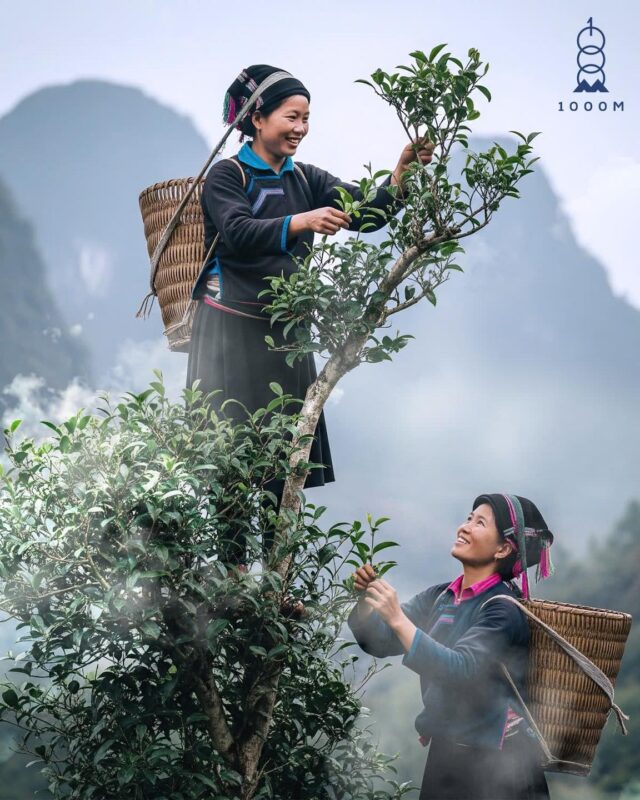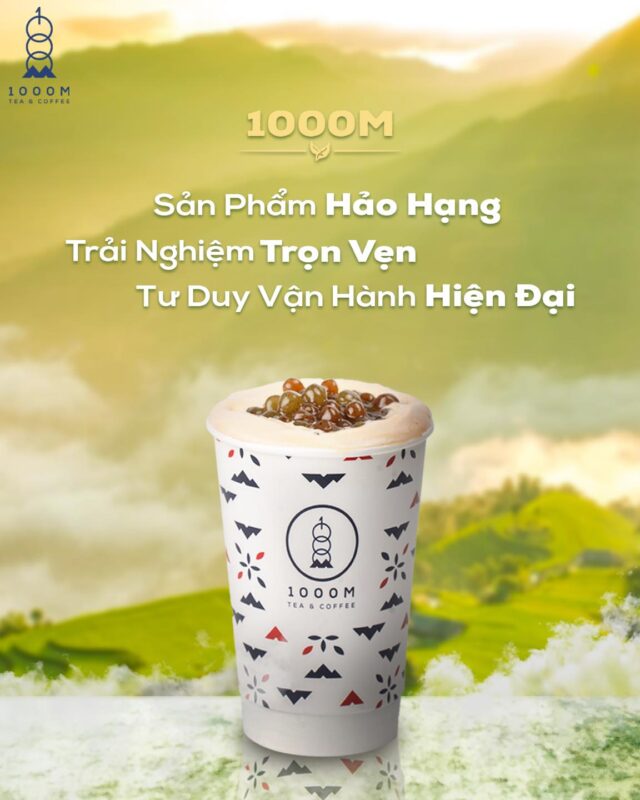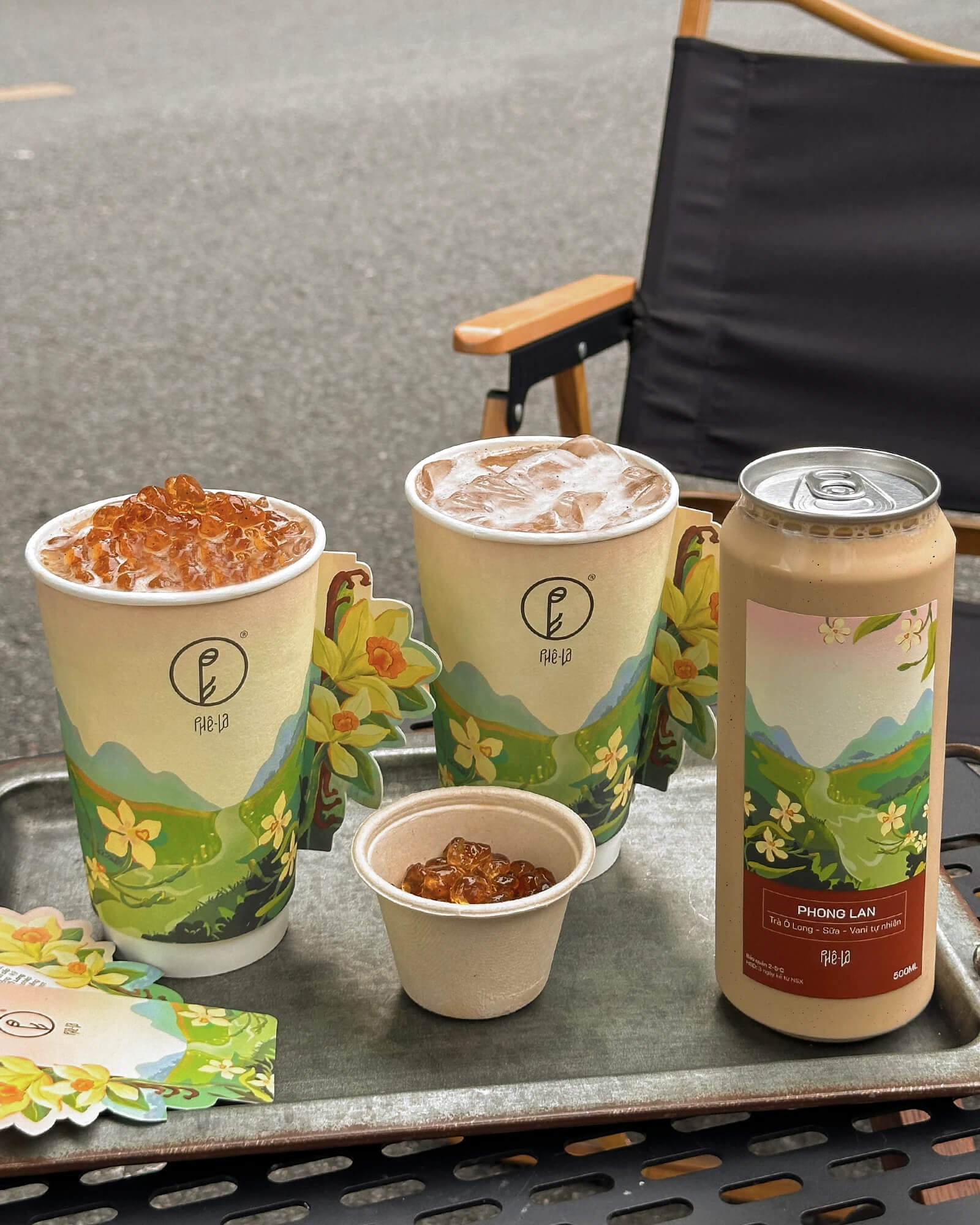Vietnam’s Milk Tea Market in 2025: What Global Brands Need to Know
When people think of Vietnamese drinks, coffee usually comes first in mind. But did you know: Vietnam also has a long tradition of drinking tea! Milk tea (or bubble tea) has become a modern favorite. What started as a trend years ago is now a staple for many Vietnamese consumers, especially young people who see milk tea not only as a drink but also as a way to socialize and enjoy creative experiences.
By 2025, Vietnam’s milk tea market is valued at nearly USD 190 million and is projected to grow more than 20% annually, reaching over USD 600 million by 2031. With this fast growth, more and more local and international brands are entering the market, making it a very competitive space that requires smart localization, creative marketing, and strong brand design to succeed.
Vietnamese Consumers Prefer Strong Tea Flavors
One of the biggest shifts in recent years is preference for tea flavors. Vietnamese consumers are moving away from overly sweet formulas and moving toward stronger, more authentic tea flavors. This leads to the rise of local chains like Phê La and Phúc Long, brands that emphasize the richness of the tea itself. Milk tea has become the “perfect balance” for many: it allows them to truly savor the tea while still enjoying a modern drink.
The most common bases include oolong, jasmine, and green teas, which connect naturally with Vietnam’s tea traditions. At the same time, global trends also influence the market. Matcha, for example, one of the most popular drinks worldwide has quickly become a best-seller in Vietnam too. This reflects how open local consumers are to trying new flavor profiles, while still valuing quality and authenticity.
Beyond Taste: The Power of a Brand Story
Today’s Vietnamese consumers are not only looking at what’s in their cup, but also who’s behind it. The story of a brand matters more than ever: Where is the tea sourced? How does the brand contribute to the community?
Some local players have leaned into this successfully by sourcing from tea farms in Northwestern Vietnam, supporting local farmers and underprivileged communities. This type of storytelling creates strong loyalty and gives local brands a powerful edge.
For global brands considering entering the Vietnam drink market, telling a meaningful story, and showing how your product connects with Vietnam’s culture and people, is a key step in successful localization.


Local brand ‘1000M’ Shan Tuyết captures heart with story that ties to Northwestern Vietnam
Creative Design Can Set Brands Apart
Another factor that determines a brand’s success is creative design. In Vietnam, milk tea is also about the experience, how the product looks and feels: packaging, store design, and menu presentation all influence how consumers see the brand. A well-designed cup or a cozy store can make the drink more appealing and “Instagrammable,” which is important for younger customers.
For foreign brands, design is also a chance to connect locally. Small touches inspired by Vietnamese culture or lifestyle can help international brands feel closer and more relatable to local consumers.
Local brand Phê La’s packaging
Navigating Competition in Vietnam’s Beverage Market
Vietnam’s beverage market is crowded. Global chains like KOI and Mixue compete with strong local players such as Phúc Long and Phê La, as well as boutique shops and even small street vendors. While some brands experiment with unusual, viral flavors from China (like milk tea with green onions), these usually only create short-term buzz. In the long run, quality and consistency are what keep customers loyal.
This means global entrants need a clear positioning strategy. Charging premium prices can work, but only if the product, story, and customer experience feel premium too. Mid-range brands can attract more people, but need efficient operations and strong localization to stay competitive.
Winning Strategies for Global Brands
For global brands looking at Vietnam’s milk tea market, here’s what to keep in mind:
- Tea Quality first: Strong, authentic tea flavors are what many customers want now.
- Localize creatively: Adapt packaging and design to reflect Vietnamese culture.
- Tell your Brand Story: Show where your tea comes from and why it matters.
- Balance Innovation and Consistency: New flavors attract attention, but customers return for quality they can trust.
- Plan your Positioning: Decide whether to be premium or mid-range, and build your strategy around it.
Final Thoughts
Milk tea is no longer just a passing trend – it is now part of daily life in Vietnam. For international and Japanese companies, the opportunity is clear, but success depends on understanding local consumers. Vietnamese consumers are adventurous, curious, and value both quality and story. Brands that can deliver great tea, a clear identity, and a memorable experience will have the best chance to win in this fast-growing market.
Planning to expand into Vietnam’s beverage market? Partner with POINTS Creative to localize your brand with cultural insights and consumer-driven strategies by getting in touch with our team.
Next: Read our blog about Vietnam’s Coffee Market.


Comments (0)